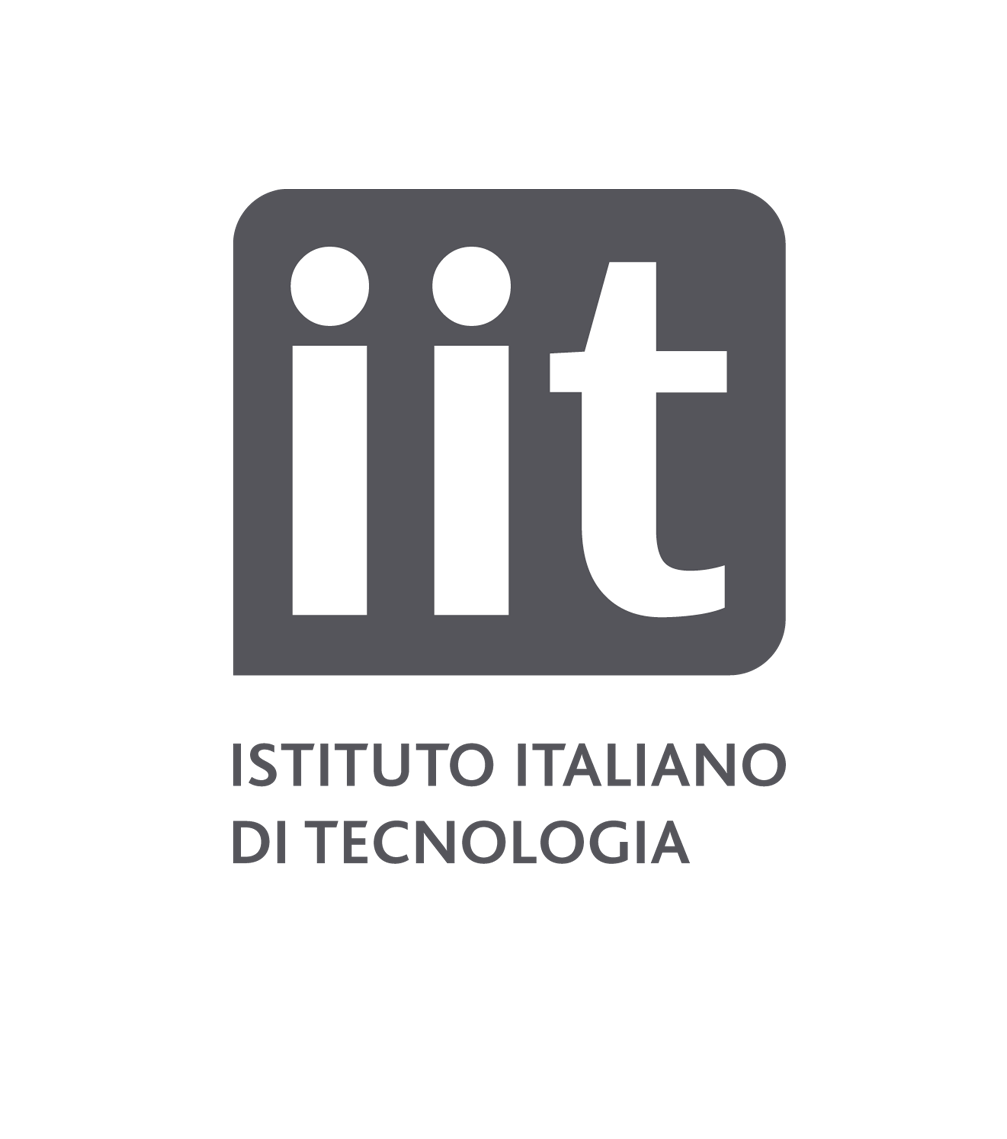Moreover its vocation to develop applied reasearch allows the centre to participate to collaborative projects with private companies to develop techonologies transfer and push for innovative products in enterprises and startups.

Deep Brain Photonic Tools for Cell-Type Specific Targeting of Neural Diseases
2021 – 2025
DEEPER project (Deep Brain Photonic Tools for Cell-Type Specific Targeting of Neural Diseases) clusters technological, neuroscientific and clinical experts together with innovative start-ups and leading companies with the aim of developing photonic tools for imaging and manipulating of the neuronal activity in deep brain regions.
The long-term vision of the project is to exploit photonics for meeting medical and research needs in revealing the molecular and cellular dysfunctions underlying the pathogenesis of neurological diseases. These goals will result in less invasive and more effective treatments of dramatic social impacting pathologies, such as Alzheimer’s disease, depression, schizophrenia.
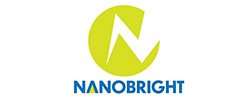
2019 – 2023
NanoBRIGHT is a research project funded from the European Union’s Horizon 2020 research and innovation programme under grant agreement No 828972
NanoBRIGHT aims at bringing nanophotonics into the brain, with the long-term vision of developing novel cutting-edge optical approaches to study and treat pathological conditions of the brain without using genetically-encoded proteins. This vision is targeted by four research institute distribute in Europe, in Italy, Spain and France.
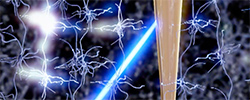
Multipoint Optical DEvices for Minimally invasive neural circuits interface
2016 - 2021
MODEM is financed by EXCELLENT SCIENCE - European Research Council (ERC). A primary goal of experimental neuroscience is to dissect the neural microcircuitry underlying brain function, ultimately to link specific neural circuits to behavior. There is widespread agreement that innovative new research tools are required to better understand the incredible structural and functional complexity of the brain. To this aim, optical techniques based on genetically encoded neural activity indicators and actuators have represented a revolution for experimental neuroscience, allowing genetic targeting of specific classes of neurons and brain circuits. However, for optical approaches to reach their full potential, we need new generations of devices better able to interface with the extreme complexity and diversity of brain topology and connectivity.
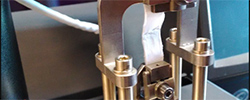
2016 – 2018
The purpose of the collaboration will be the provision of services for the characterization of tribological and adhesion properties of Parylene layers deposited on soft materials (e.g. polyurethane-ether and / or silicon RTV).
The project will aim at validating an industrializable Parylene deposition process for the manufacture of acoustic probes for applications in ultrasound imaging.
In collaboration with ESAOTE.
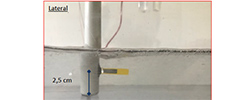
2017 – 2019
Development of innovative technologies in the field of energy conversion in marine environment. In collaboration with ENEL Green Power.
Production of innovative methods to generate and store electric energy by marine water motion. In particular, we are interested in the realization of a compact and low-visual impact Aluminun Nitride (AlN)-based, flexible, piezoelectric harvester, capable of generating electrical power from the action of water currents and the energy of waves.
In collaboration with ENEL Green Power.
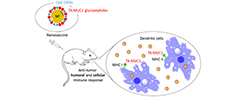
2017 – 2020
Financed by the Italian Ministry of Education, Universities and Research. The present research project falls in the subject area of nanomaterials for medicine and health-care.
Specifically, we intend to take advantage of gold nanoparticles (AuNPs) as multivalent platforms to prepare putative nanovaccines by synthesizing:
1) AuNPs displaying two different carbohydrate antigens arranged in a controlled fashion on a single nanoparticle, which have the potential to target simultaneously distinct serotypes of a single bacterial species;
2) AuNPs where the monolayer has been engineered to include also a peptide, acting as a T-helper cell epitope;
3) In a more complex evolution, three-components AuNPs comprising also an immunostimulating compound, as a built-in adjuvant or immune potentiator, targeting the innate immune cells.
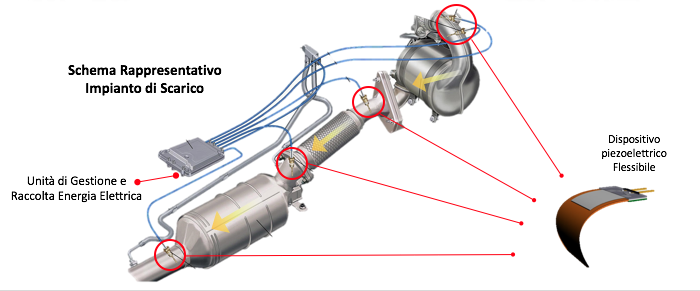
Recover of Energy from fluid Mechanics for internet of things and remote sensing
2017 - 2020
Financed by Horizon 2020– PON 2014/2020. The project aims to develop a recovery system of kinetic energy and make it immediately available to day-to-day applications (wearable devices, low-power actuators, low-range wireless transmitters). The proposed system is based on recyclable and environmentally friendly materials, which uses extremely flexible piezoelectric devices and a very small size to recover kinetic energy from gaseous fluids (wind, gas pipelines and air currents), but also by the movement of liquids (motions Waves, sea and river currents) with virtually no environmental and visual impact.
The ultimate demonstrator will consist of a Remote, Wireless and Powerless IoT node (Internet of Things) inserted into the exhaust gas current emitted by an automobile muffler, with sensing capabilities (temperature, accelerometers, gyroscopes, proximity, concentration of chemical species for Pollution measures ...) and periodic transmission of the data to a collection station.

2015 – 2018
The project target is to develop, implement, and test new devices for large scale recording and optogenetic manipulation of neurons in the rodent and non-human primate brain.
The project is funded by National Institute of Health (USA).
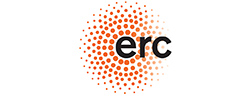
All-optical brain-to-brain behaviour and information transfer
2016 – 2019
Financed by EXCELLENT SCIENCE - European Research Council (ERC). The goal of this project is to establish a novel paradigm of brain-to-brain communication based on direct full-optical recording and controlled stimulation of neuronal activity in different subjects.
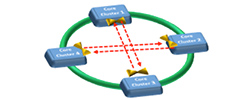
Wireless Networks through on-chip Optical Technology
2017 – 2020
Financed by the Italian Ministry of Education, Universities and Research. This project aims at demonstrating wireless nano and micro scale optical communication through nanoantennas integrated in optical Networks on Chip (NoC), to achieve unprecedented improvements of computational efficiency of upcoming Chip Multi Processors (CMPs).
To demonstrate the feasibility of optical wireless link for on-chip integration, the WiNOT Project will focus on the:
- wireless link design by devoloping integrated theoretical/numerical tools suitable for the design of optical nanoantennas, the modelling of the intra-chip wireless propagation channel and both the analysis and the optimization of on-chip wireless optical networks;
- fabrication and characterization of optical wireless links in simple point-to-point and more advanced point-to-multipoint configurations thus showing the effectiveness of the proposed solution for CMP communications;
- network design and optimization.
Il Centro Nazionale di Ricerca in High Performance Computing, Big Data e Quantum Computing, realizzato e gestito dalla Fondazione ICSC, è uno dei cinque Centri Nazionali istituiti dal PNRR Piano Nazionale di Ripresa e Resilienza, dedicati settori strategici per lo sviluppo del Paese: simulazioni, calcolo e analisi dei dati ad alte prestazioni, agritech, sviluppo di terapia genica e farmaci con tecnologia a RNA, mobilità sostenibile, biodiversità. ICSC e’ finanziato nell’ambito della proposta progettuale CN00000013 – NATIONAL CENTRE FOR HPC, BIG DATA AND QUANTUM COMPUTING, Avviso pubblico D.D. n. 3138 del 16.12.2021, rettificato con D.D.3175 del 18.12.2021 per la presentazione di proposte di intervento per il potenziamento di strutture di ricerca e creazione di “Campioni nazionali” di R&S su alcune Key Enabling Technologies” da finanziare nell’ambito del PNRR Missione 4, “Istruzione e Ricerca” – Componente 2, “Dalla ricerca all’impresa” – Linea di investimento 1.4, finanziato dall’Unione europea – NextGenerationEU con un contributo complessivo di 319.938.979.,26 Euro. Le attività del Centro Nazionale di supercalcolo si focalizzeranno da una parte sul mantenimento e il potenziamento dell’infrastruttura HPC e Big Data italiana, e dall’altra sullo sviluppo di metodi e applicazioni numeriche avanzati e di strumenti software per integrare il calcolo, la simulazione, la raccolta e l’analisi di dati di interesse per il sistema della ricerca e per il sistema produttivo e sociale, anche attraverso approcci cloud e distribuiti. Nei prossimi anni il Centro implementerà soluzioni che porteranno a una velocità di rete superiore a 1 Terabit/secondo, e metterà a disposizione degli utenti una infrastruttura cloud tale da consentire la gestione di attività alla frontiera, sia per la ricerca scientifica, sia per lo sviluppo industriale. Coinvolgerà e promuoverà le migliori competenze interdisciplinari delle scienze e dell’ingegneria, favorendo innovazioni sostanziali e sostenibili in campi che vanno dalla ricerca di base alle scienze computazionali e sperimentali per il clima, l’ambiente, lo spazio, dallo studio della materia e della vita alla medicina, dalle tecnologie dei materiali ai sistemi e ai dispositivi per l’informazione. Sosterrà l’alta formazione e promuoverà lo sviluppo di politiche per la gestione responsabile dei dati in prospettiva di open data e open science, coniugando profili di regolamentazione, standardizzazione e compliance. Sarà un’infrastruttura cloud/HPC condivisa e aperta, che rappresenterà un asset strategico unico per l’Italia, ma anche per la comunità internazionale.
